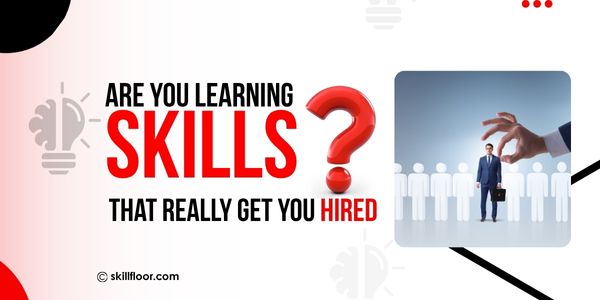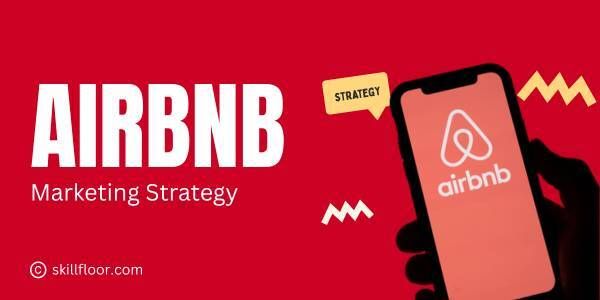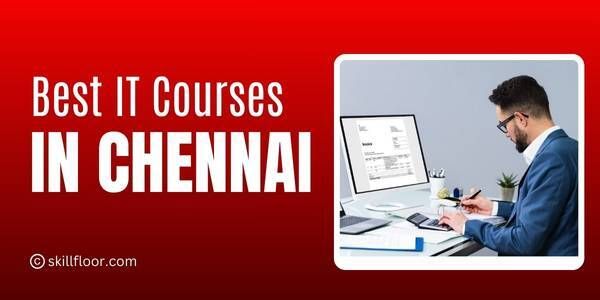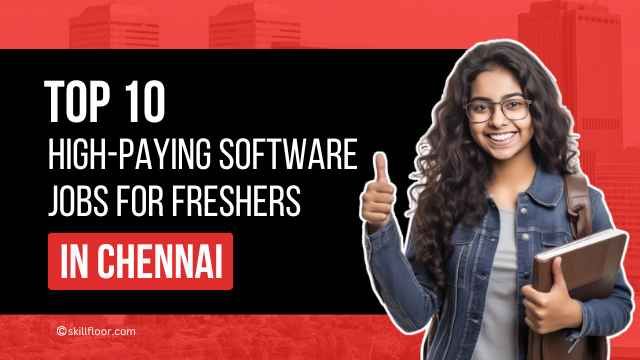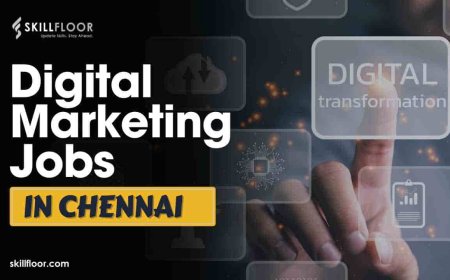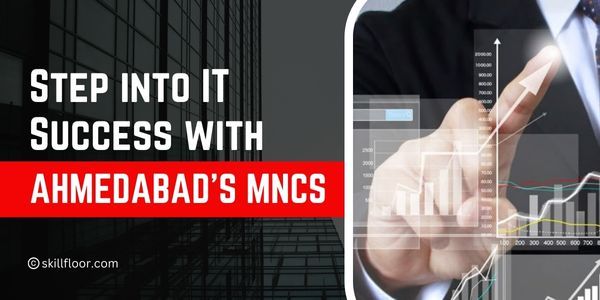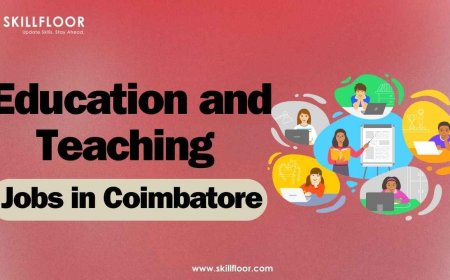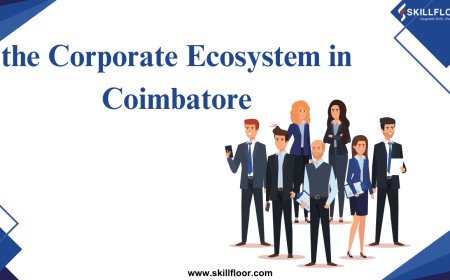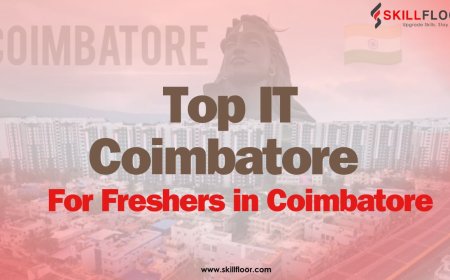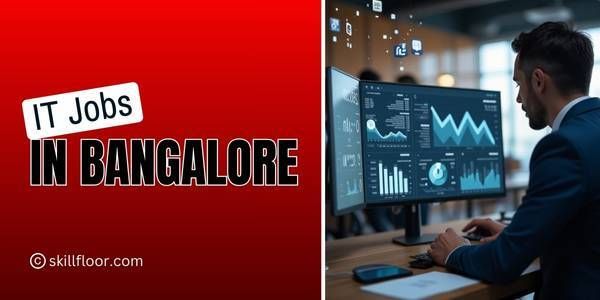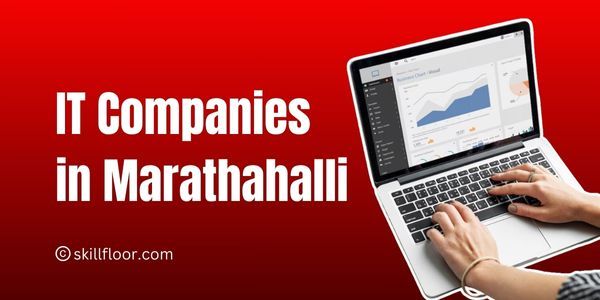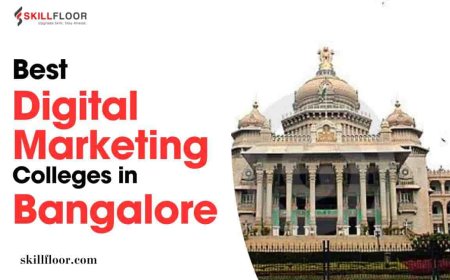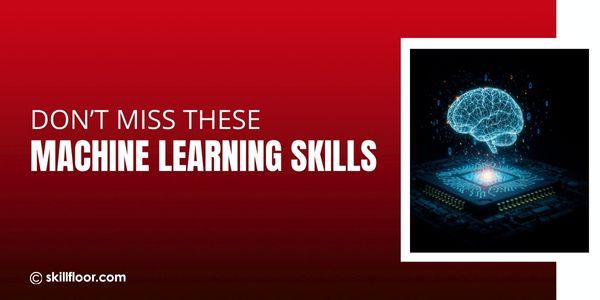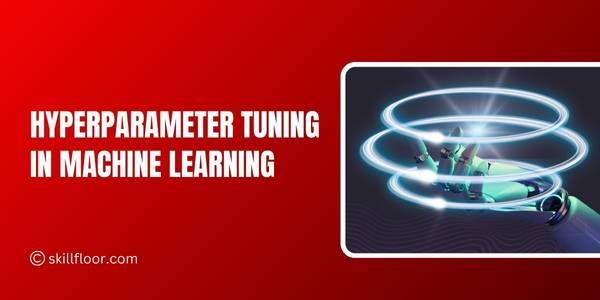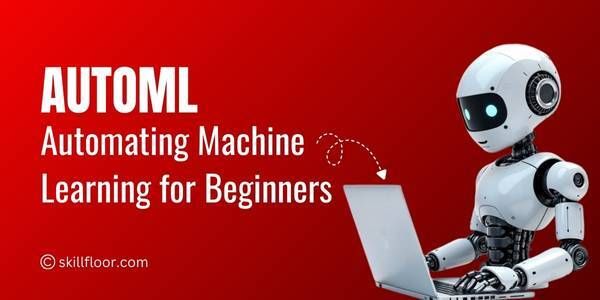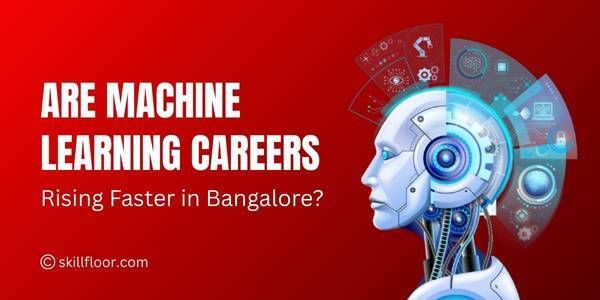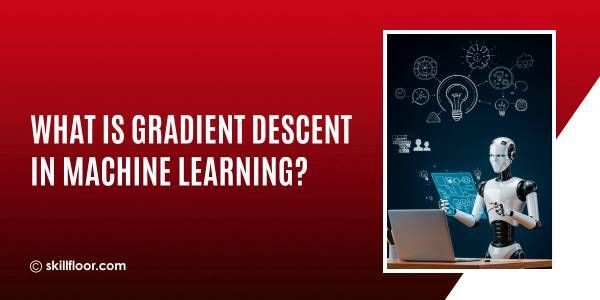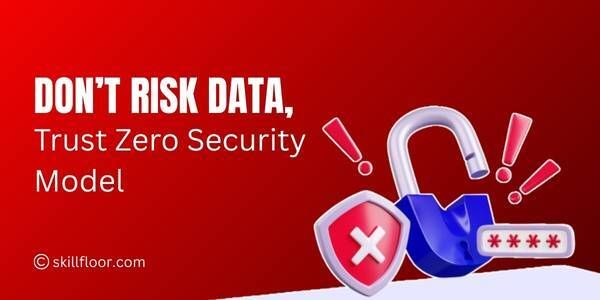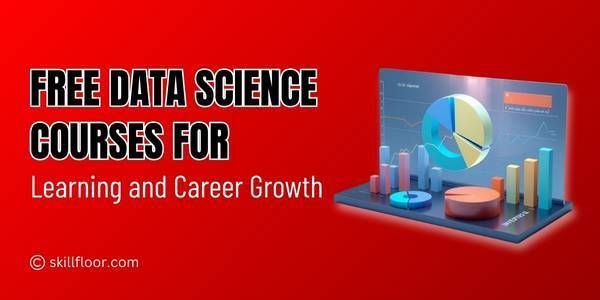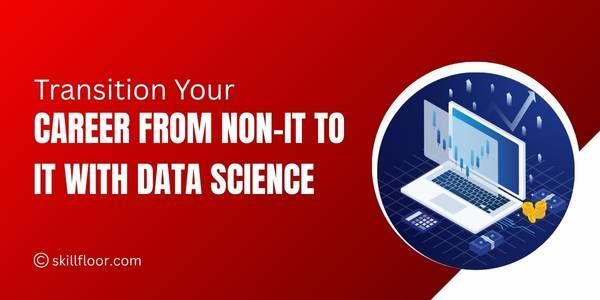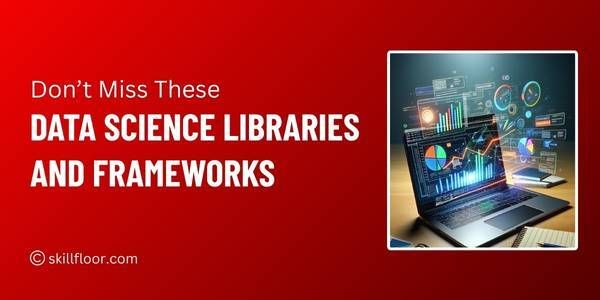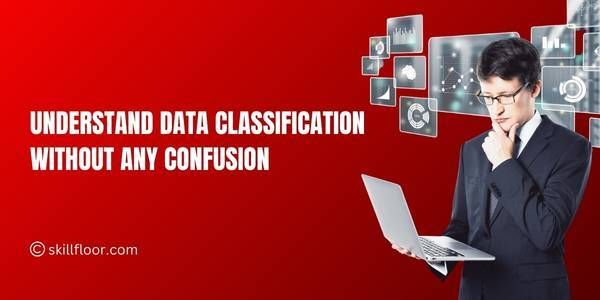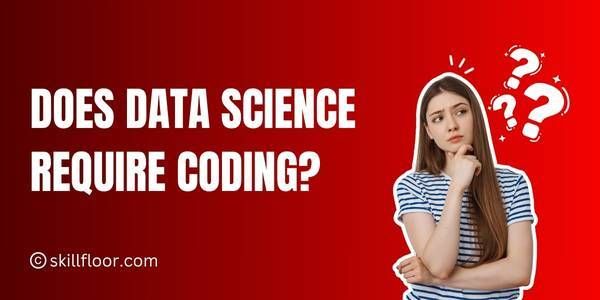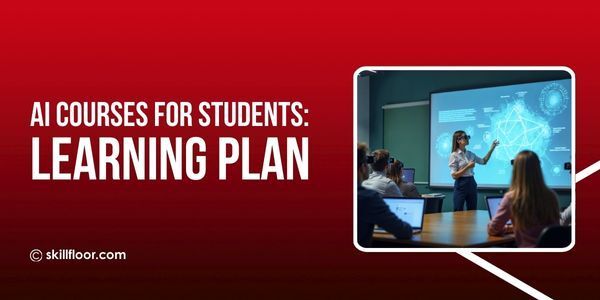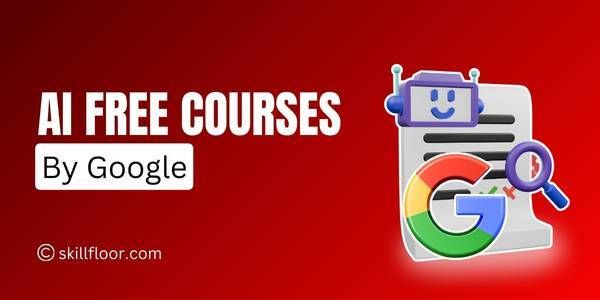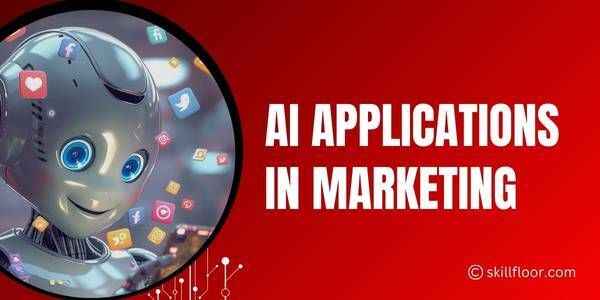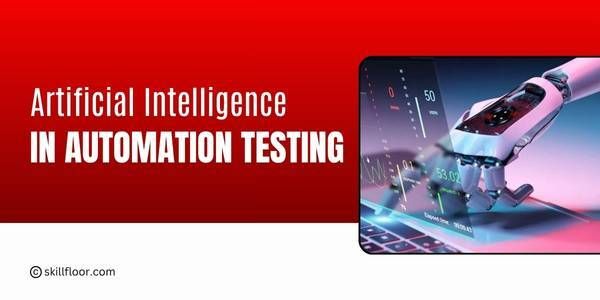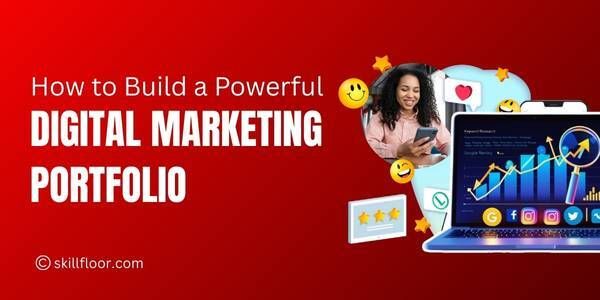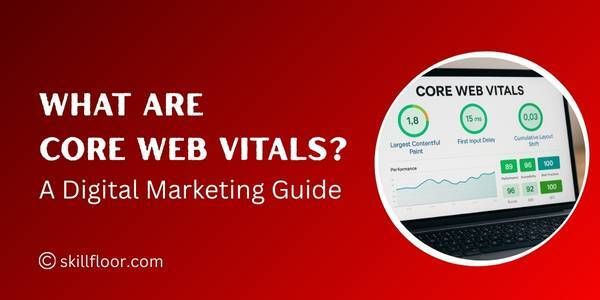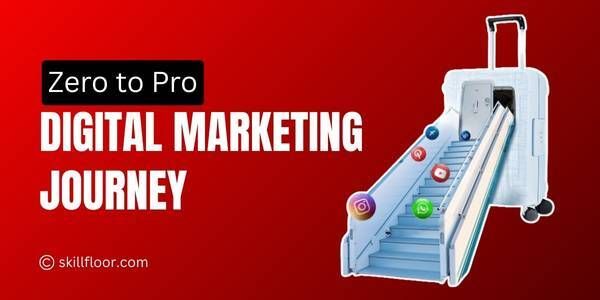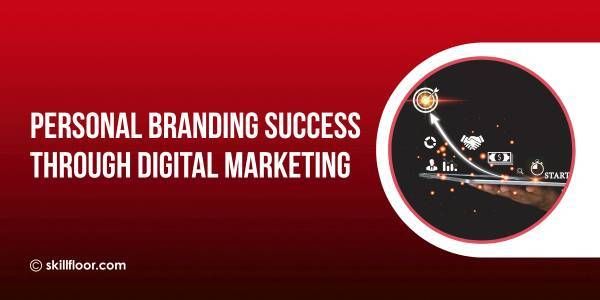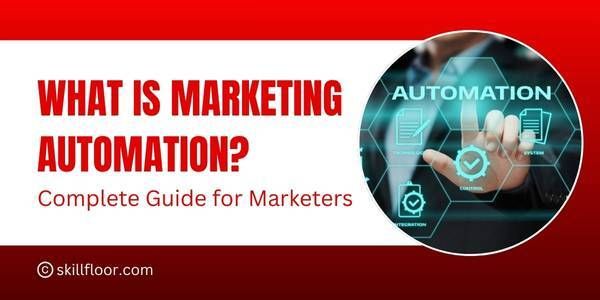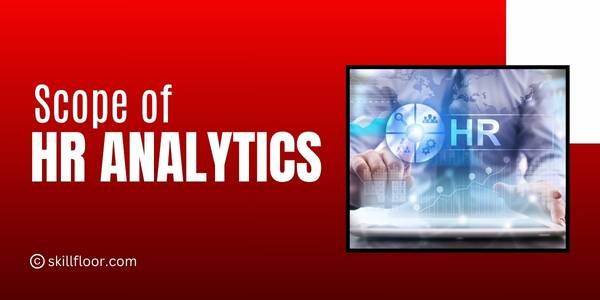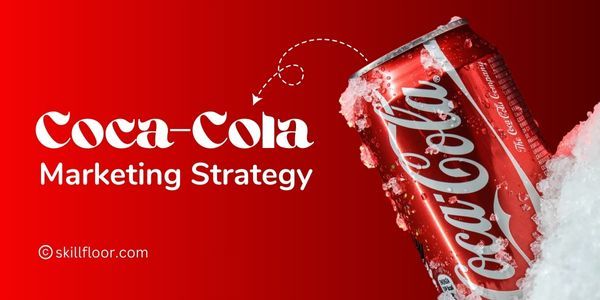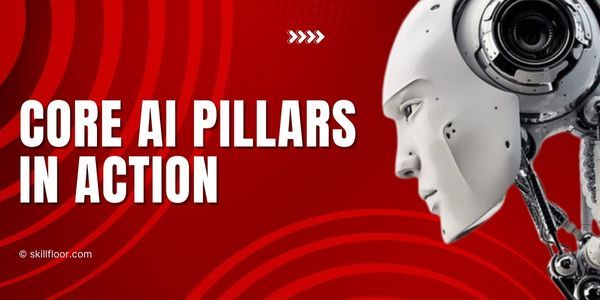Digital Marketing Interview Questions for Freshers
Discover the top entry-level digital marketing jobs for freshers in 2025. Explore career paths, job roles, and growth opportunities in SEO, content, social media, PPC, and more.

Digital marketing stands at the heart of modern business strategy. The global digital marketing market reached $410.7 billion in 2024 and is projected to expand at an 11.2% CAGR through 2033, potentially reaching $1.18 trillion by then. Moreover, digital advertising is set to comprise 73% of total ad revenue in 2025, surpassing traditional channels. The digital industry is also witnessing rapid shifts: video ad spending is expected to exceed $207.5 billion in 2025, while mobile internet penetration now touches nearly 69% of the global population, with 5.31 billion social media users.
These trends highlight digital marketing’s growing strategic importance across industries. For freshers embarking on interviews, understanding foundational concepts and staying updated with the evolving ecosystem is essential. Whether delving into SEO, email automation, social ads, analytics, or the power of LLMs and AI in campaign optimization, interviews will test both theoretical knowledge and practical insight.
Digital Marketing Interview Questions & Answers
-
What is digital marketing?
Digital marketing uses online channels—search engines, social media, email, and websites—to connect with audiences. It’s data-driven, targeted, interactive, measurable, and scalable, enabling real-time optimization and results tracking.
-
Why is digital marketing important today?
With digital ads projected to be 73% of all ad revenue by 2025, it's essential. It offers lower cost-per-lead vs traditional channels, precise targeting, and measurable ROI.
-
Define SEO and its key components.
SEO improves organic visibility through on-page factors (tags, keywords), technical optimizations (site speed, crawlability), and off-page actions (backlinks, outreach).
-
What is on-page SEO?
On-page SEO focuses on optimizing content and HTML tags (title, meta, headlines) with targeted keywords and internal linking to improve relevancy.
-
Explain off-page SEO.
Off-page SEO encompasses activities outside your website—like backlink building, social engagement, and guest blogging—to increase authority and trust.
-
What is technical SEO?
Technical SEO ensures site infrastructure supports crawling and indexing: structured data, XML sitemaps, mobile-friendliness, SSL, and fast load times.
-
Describe SEM and how it differs from SEO.
SEM (Search Engine Marketing) includes paid search ads (PPC). Unlike SEO’s organic strategy, SEM delivers immediate visibility via bids and budgets.
-
Explain PPC and quality score.
PPC (Pay‑Per‑Click) charges advertisers per click. Quality Score (on Google Ads) influences cost and positioning based on ad relevance, CTR, and landing page experience.
-
What are CPC, CPM, and CPA?
• CPC: cost per click.
• CPM: cost per 1,000 impressions.
• CPA: cost per action (conversion). Each measures campaign efficiency differently.
-
How do you structure a Google Ads account?
Organize with account → campaigns → ad groups → keywords and ads, aligning tightly to user intent and goal KPIs.
-
Explain A/B testing in digital marketing.
A/B testing compares two variants of an element (headlines, CTA, design) to determine which performs better, based on controlled metrics.
-
What is remarketing?
Target users who previously interacted with your brand (site/app) using customized ads to re-engage and drive conversions.
-
How do you use Google Analytics?
It tracks user behavior across website sections through metrics like sessions, bounce rate, and conversions, supported by goal tracking and segmented analysis.
-
Define conversion rate optimization (CRO).
CRO enhances site elements like forms, CTAs, layouts, content, and UX to boost the percentage of visitors taking desired actions.
-
What is social media marketing (SMM)?
SMM uses platforms like Facebook, Instagram, and LinkedIn to build brand presence, target ads, share content, and foster engagement and community.
-
Why is video marketing important?
With video ad spending projected to be over $207.5 billion in 2025, video storytelling is powerful for engagement, reach, and emotional connection through short and long-form formats.
-
What is email marketing?
Email marketing sends strategic messages to segmented audiences to nurture leads, promote offers, and inform through newsletters, drip campaigns, and automation.
-
Define marketing automation.
The system triggers automated workflows based on user behavior (downloads, clicks) to deliver personalized, timely communications without manual effort.
-
What is affiliate marketing?
Affiliate marketing rewards third parties for driving customers via unique links. Affiliates share commissions for sales they generate.
-
Explain influencer marketing.
Brands collaborate with influencers to leverage their engaged communities and authentic voices for exposure and credibility.
-
What’s the role of content marketing?
Content marketing attracts and retains audiences by offering valuable content—blogs, ebooks, videos—empowering trust and long-term growth.
-
How does storytelling play into digital marketing?
Storytelling emotionally engages audiences, humanizing brand messages with narrative arcs that resonate and inspire action.
-
What KPIs do you track in digital campaigns?
KPIs include traffic, CTR, CPC, CPA, conversion rate, ROI, engagement rate, bounce rate, and ROAS for comprehensive performance insight.
-
Explain ROAS vs ROI.
ROAS measures revenue per ad dollar spent. ROI measures profit after accounting for total costs versus total returns.
-
What is programmatic advertising?
Programmatic uses real-time bidding and algorithms to automatically buy and optimize ad inventory across platforms and audiences.
-
How does GDPR impact marketing?
GDPR requires consent for personal data usage, limits on storage/processing, and individual’s rights to access or delete data in EU jurisdictions.
-
What’s Google Tag Manager (GTM)?
GTM simplifies tag deployment (Analytics, Ad pixels) through a container system, reducing developer dependency and improving site agility.
-
What are UTM parameters?
UTMs are tracking tags added to URLs to capture source, medium, and campaign data, enabling accurate performance attribution in analytics.
-
Explain customer journey mapping.
Mapping customer journeys tracks awareness to conversion, guiding targeted content, remarketing, and personalized experiences at each stage.
-
Define the bounce rate and how to reduce it.
The bounce rate is % single-page sessions. Reduce it by improving UX, relevance, loading speed, CTAs, and internal links to encourage deeper visits.
-
What’s mobile-first indexing?
Google now uses mobile versions of websites for indexing, so mobile UX, speed, and content parity matter more than ever.
-
How do you optimize for local SEO?
Local SEO uses Google My Business, local citations, reviews, localized content, and map optimization to target area-specific searches.
-
What is schema markup?
Schema is structured data (JSON-LD) that helps search engines understand page content, enhancing search results with rich snippets.
-
Explain long-tail keywords.
Long-tail keywords are longer, specific queries with lower volume but higher intent and conversion potential—useful in SEO and PPC targeting.
-
What tools have you used for digital marketing?
Common tools include Google Analytics, Ads, SEMrush, Ahrefs, Mailchimp, Canva, Hootsuite, Buffer, and GTM—chosen for data, creativity, and efficiency.
-
What is CTR, and why is it important?
The click-through rate is clicks over impressions. It measures ad relevance and effectiveness; low CTR signals a need for creative or targeting adjustments.
-
Define impression share.
Impression share is the percentage of eligible impressions your ad receives, vital for understanding visibility and competitive gaps.
-
What is a landing page?
A landing page is a targeted web page designed for conversions, with focused messaging, minimal distraction, and a clear call to action.
-
How do you optimize landing pages?
Optimize with compelling headlines, bullet benefits, visuals, social proof, minimal forms, and A/B testing for continuous improvement.
-
Explain lead generation tactics.
Tactics include gated content, webinars, quizzes, email capture, social ads, chatbots, and targeted campaigns funneling into nurturing flows.
-
What is influencer ROI, and how do you track it?
Influencer ROI is tracked via UTM links, affiliate codes, conversions, engagement metrics, and brand lift surveys to measure campaign impact.
-
How is AI changing digital marketing?
AI, including LLMs, powers automated content creation, predictive analytics, CTR prediction, ad optimization, and real-time personalization.
-
What is explainable AI in advertising?
Explainable AI clarifies how algorithms decide targeting or pricing, improving transparency and helping marketers refine performance.
-
Explain UGC vs professional content.
User-generated content (UGC) now fuels more than half of ad revenues, overtaking professional content due to authenticity and scalability.
-
Which emerging digital trend excites you most?
Discuss trends like AI-driven automation, conversational marketing, shoppable live video, voice search optimization, short-form video dominance, or AR/VR experiences, linking back to learning goals.
Jobs in Digital Marketing for Freshers
As businesses rapidly shift toward online channels, the demand for digital marketing professionals has surged across industries. For freshers, this creates an exciting opportunity to step into a field that values creativity, analytics, and adaptability over traditional experience. Digital marketing welcomes self-starters with practical skills, tool familiarity, and a passion for online growth strategies. Whether you're a recent graduate from marketing, engineering, commerce, or even the arts, there's a role that matches your strengths and interests.
Entry-level jobs in digital marketing allow freshers to explore various domains—SEO, content, social media, performance marketing, email campaigns, and analytics. Many of these roles come with mentorship, tool training, and exposure to real-time campaigns, providing a strong foundation for long-term career success. With certifications and consistent learning, freshers can transition into specialized roles and leadership positions faster than in many other fields.
Below are some of the most relevant and accessible job roles for beginners in the digital marketing ecosystem.
-
Digital Marketing intern
-
Digital Marketing Executive
-
SEO Analyst
-
SEM/PPC Specialist
-
Social Media Manager
-
Content Marketing Executive
-
Email Marketing Specialist
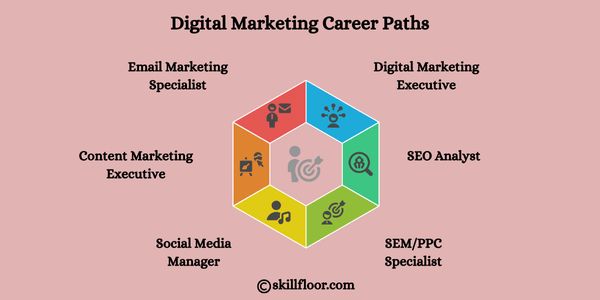
Growth Outlook
-
India is expected to generate over 2 million new digital marketing jobs by 2026.
-
Freshers can expect starting salaries ranging from ₹3–6 LPA, with fast growth based on specialization.
-
Certifications and hands-on tools (Google Ads, SEMrush, Canva, Analytics) increase employability significantly.
Even for recent graduates just starting, digital marketing offers a quickly changing professional path full of chances for ongoing education, artistic expression, and quick job advancement.
Entering the digital marketing field as a fresher means embracing a versatile, data-centric discipline with global momentum. With digital ad spending projected to dominate by 2025 and AI reshaping every touchpoint, your ability to speak competently across SEO, analytics, automation, and emerging trends sets you apart.
Familiarize yourself with tools, metrics, and real-world applications, and practice articulating your ideas clearly. Your curiosity about recent stats—like global market growth, video and mobile penetration, and the rise of UGC—will shine in interviews. In this blossoming field, eager learners with analytical and creative agility will thrive, so take these insights, refine your narrative, and gear up to launch a successful career in digital marketing.
